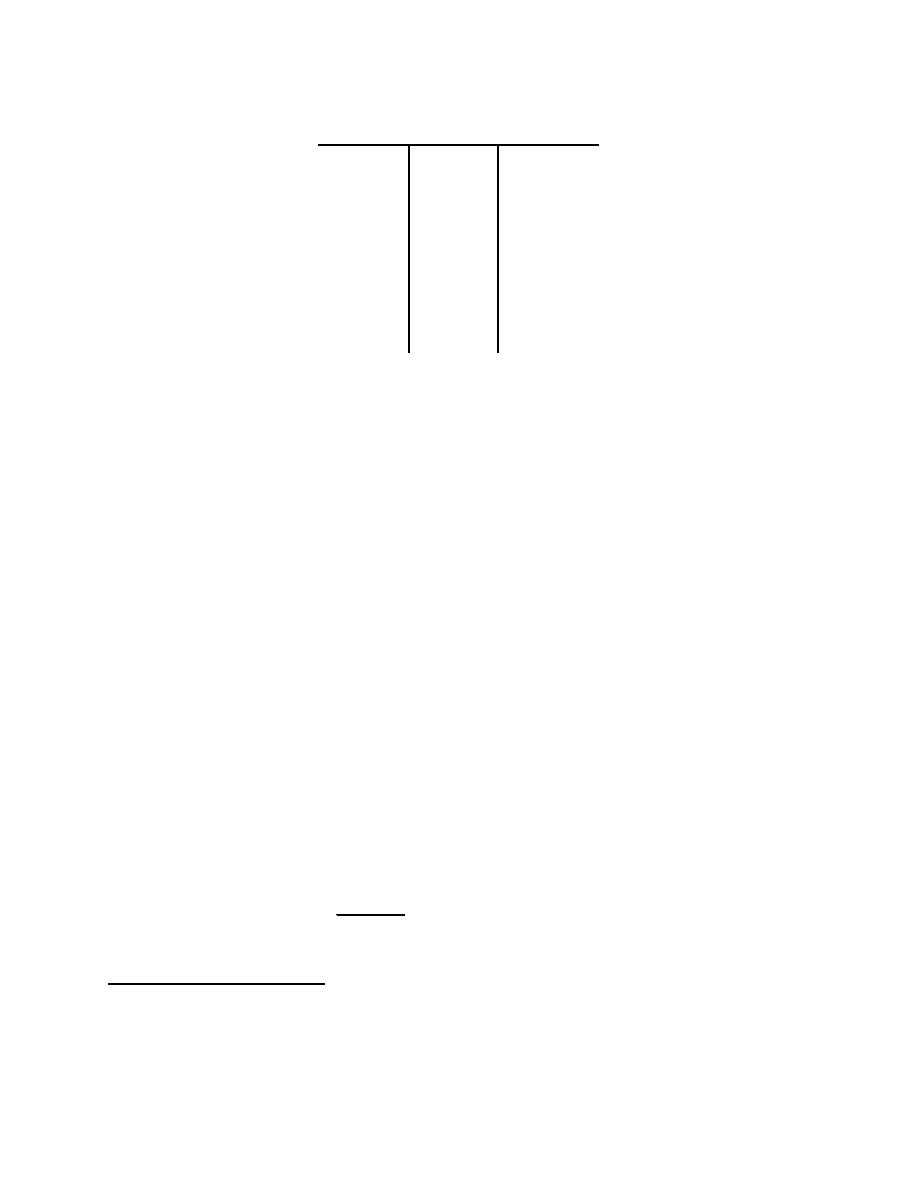 |
|||
|
|
|||
|
Page Title:
Table 5-5. Dosimetric Target Organs. |
|
||
| ||||||||||
|
|  DOE-HDBK-1184-2004
Table 5-5. Dosimetric Target Organs.
Adrenals
kidneys
muscle
UB wall
liver
ovaries
BS
ET1bas
pancreas
brain
ET2bas
RM
breasts
LNet
skin
S wall
BBbas
spleen
SI wall
BBsec
testes
ULI wall
bbsec
thymus
LLI wall
AI
thyroid
LNth
uterus
In this table "bas" refers to basal cells, "sec" to secretory cells, "UB" to urinary
bladder, and BS to bone surface.
The specific effective energy (SEE) describes the dose delivered to a specific target
organ T for each decay in a specific source organ S. The SEE are calculated with
the computer code SEECAL10. The SEE calculated with SEECAL do not account
for self absorption of the tritium beta radiation in the tritide particle. If corrections for
self absorption are made, care should be taken not to adjust the dose received from
HTO. The dose HT to target organ T from the decays in source organ S is given by
H T = U S SEE(T ← S )
(Eq. 5-5)
The total dose to the target organ is the sum of the dose from all source organs.
H T = ∑ U Si SEE(T ← S i )
(Eq. 5-6)
i
The doses to some target organs are combined in a prescribed fashion to calculate
the dose to an organ composed of two or more other organs or tissues. For
example, 57% of the dose to the upper large intestine is added to 43% of the dose
to the lower large intestine to give the dose to the colon. The tissues of the
respiratory tract are another example of this procedure. Two organs in Table 5-3
deserve special note. First, the dose to the thymus is assumed to be the same as
the dose to the esophagus. Second, the dose to the remainder is the mass
weighted mean of the doses to the i organs not listed in Table 5-3.
∑H m
i
i
=
i
(Eq. 5-7)
H remainder
∑m
i
i
10
M. Cristy and K. F. Eckerman, "SEECAL: Program to Calculate Age-Dependent Specific Effective Energies,"
ORNL/TM-12351 (1993).
31
|
|
Privacy Statement - Press Release - Copyright Information. - Contact Us |